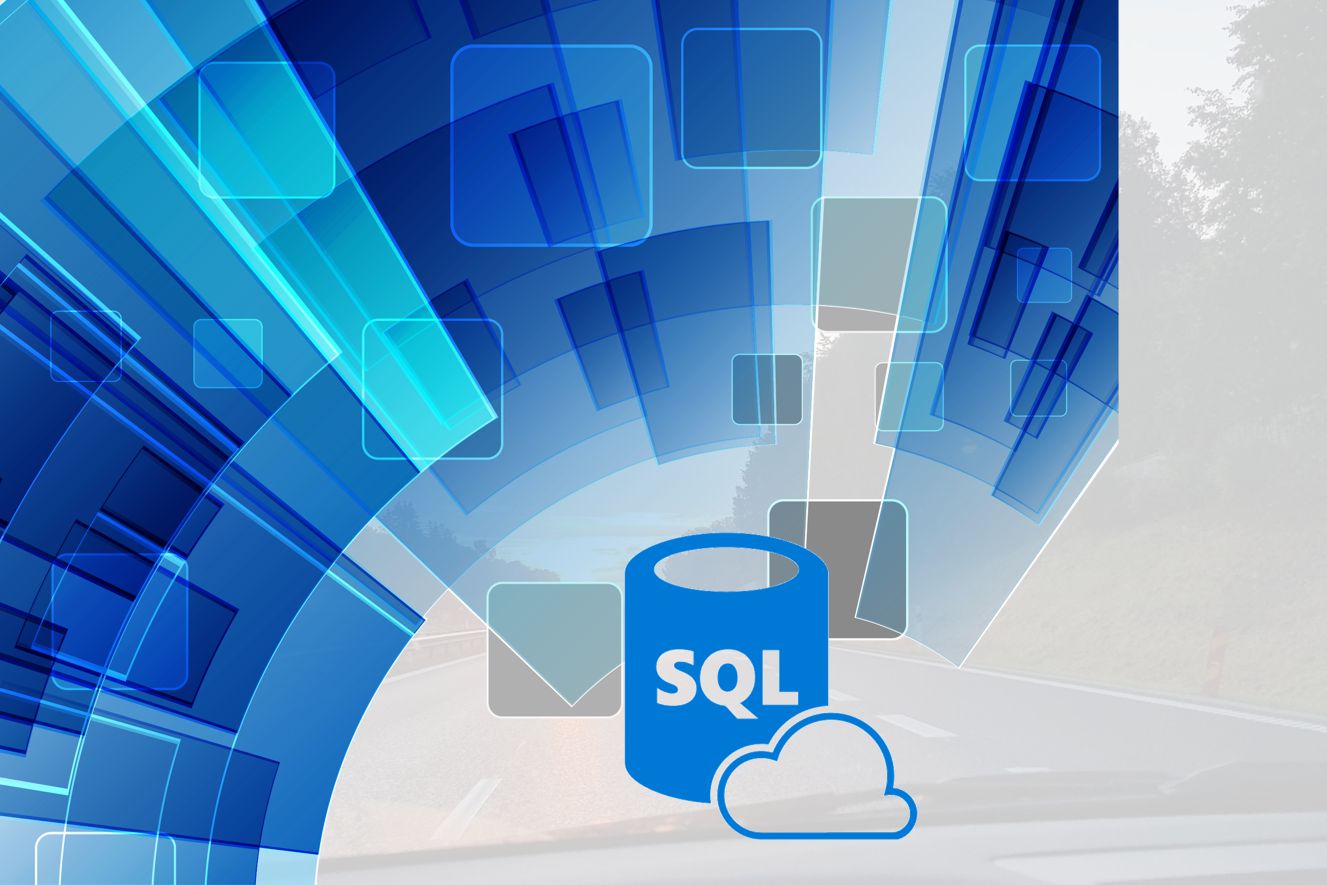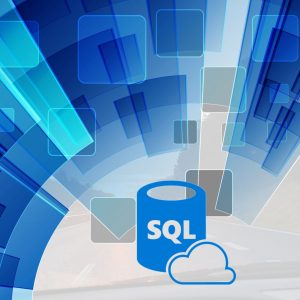Beskrivning
Background
Back in 2008, Microsoft SQL Server introduced new geography and geometry spatial datatypes that enable the storage of structured data describing the shape and position of objects in space.
Spatial data represents information about the physical location and shape of geometric objects. These objects can be point locations or more complex objects such as countries, roads, or lakes.
This is an interesting and exciting new feature, with many potentially useful applications. This course covers everything you need to know to begin using these new spatial datatypes, and explains how to apply them in practical situations involving the spatial relationships of people, places, and things on the earth.
All of the spatial concepts introduced are explained from the ground up, so you need not have any previous knowledge of working with spatial data. All of the topics covered in this course apply to all versions of SQL Server.
What you’ll learn…
- Understand the fundamental concepts involved in working with spatial data, including spatial references and coordinate systems.
- Apply these concepts in the collection and storage of spatial data in SQL Server, using the geometry and geography field types.
Prerequisites
Basic understanding of SQL. No previous knowledge of working with spatial data is assumed and all topics are explained from the ground up.
Audience
This course is aimed at developers who are being introduced to spatial data for the first time through SQL Server.
Course details
- Defining Spatial Data
- SQL Server Spatial Data
- Creating Spatial Data Objects
- Marking Out Geometries Using Virtual Earth
- Importing Spatial Data
- Geocoding
- Syndicating Spatial Data
- Presenting Spatial Data Using Web Mapping Services
- Visualizing Query Results in Management Studio
- Examining Properties of Spatial Objects
- Modifying Spatial Objects
- Spatial Relationships
- Spatial Indexing
Kursen levereras i samarbete med









Recensioner
Det finns inga recensioner än.